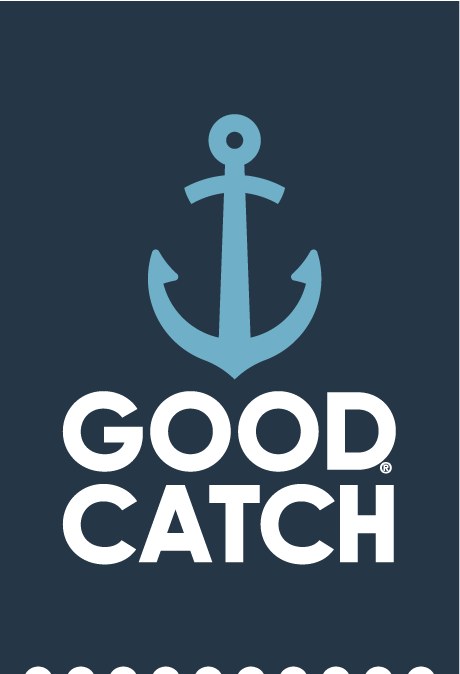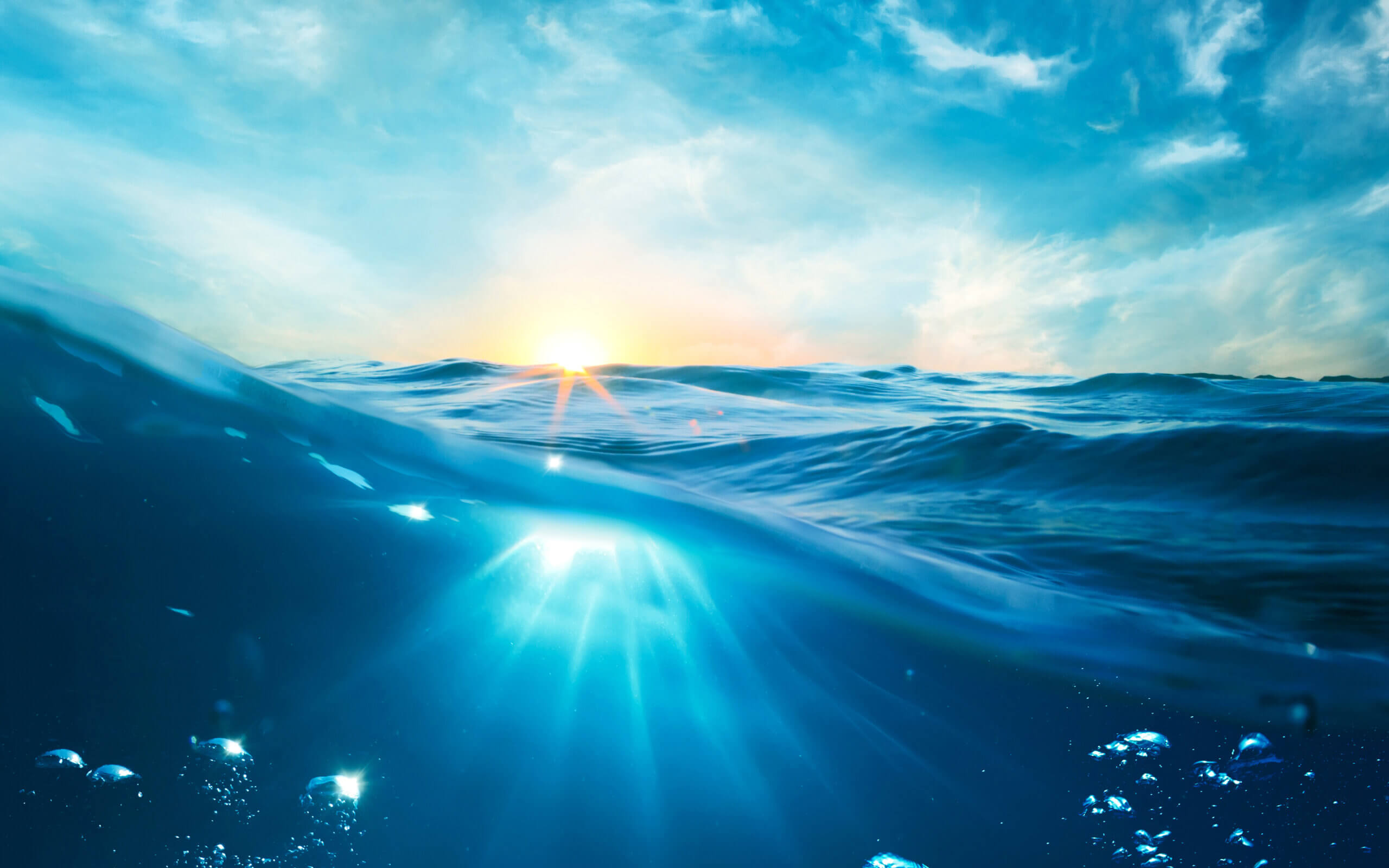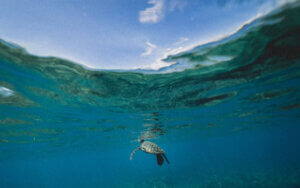Want to Save the Ocean? Do These 5 Easy Things
The ocean, sea, the deep blue, Davy Jones’s locker: it simultaneously fascinates, soothes and terrifies us all. The oceans are vast and deep. They cover 71% of the Earth’s surface and contain 95% of all the water on the planet.[1] Unfortunately, despite its expansiveness, human activity still has major consequences for ocean health. The good news is that we can all make a difference through simple yet effective habits that help save our oceans. Here are 5 examples of easy things you can do:
Substitute seafood with plant-based alternatives
There has been a widespread decline in marine populations, driven largely by the fishing industry. Issues like overfishing, bycatch and destruction of natural habitats all lead to the decline in fish numbers.[2] Heavy metals, like mercury, pollute the ocean and end up in the fish we eat. When we consume contaminated fish, these heavy metals can accumulate in our organs causing a host of unpleasant health concerns.[3] Luckily, it is now possible to enjoy the flavor and texture of seafood without the sacrifice. Plant-based seafood alternatives, like Good Catch tuna, burgers and crab cakes are nutritious, delicious and sustainable. It’s a win-win: The taste and flakiness of seafood that’s better for you and the oceans.
Recycle and avoid using plastics
Each year, we use and discard billions of plastic bags and bottles that can find their way to the ocean causing harm to the animals that call it home. Avoiding plastic use is a great way to help save the ocean. For example, when going shopping, take your own reusable tote bags. Try to avoid single-serve packs and buy bigger containers. Drink water and coffee from reusable bottles, cups and straws. Using plastic is not always avoidable. So make sure you recycle it according to the guidelines laid out by your area. Little things add up, and you will feel better for it, plus the ocean will thank you.
Refrain from using harmful chemicals
Cleaning products usually contain harsh chemicals that get washed out to sea. Some of the chemicals are toxic to sea life and can cause health problems in marine life.[4] To avoid this, you can purchase sustainable biodegradable cleaning products. You can also make your own very easily. For example, for an all-purpose cleansing spray, all you need is a 16-ounce spray bottle, 8 ounces of vinegar and water to fill the rest of the bottle. Add a few drops of essential oil to make it smell nice and refreshing.[5] Some sunscreens also cause a host of issues for marine life. They can bleach corals, reduce reproduction in fish and impair photosynthesis in algae and so on.[6] So make sure you look for sunscreens that are labeled coral-safe.
Reduce CO2 emissions
The ocean absorbs 30% of the CO2 released into the atmosphere. This causes the water to become more acidic. Human CO2 emissions have already led to a 30% increase in ocean acidity.[7] Acidic waters dissolve the calcium carbonate found in shells and corals. To avoid ocean acidification, you can reduce your CO2 emissions. Try walking or biking instead of using a car for short distances. At home, you can switch to eco-friendly appliances and LED lighting. A well-insulated home will need less cooling and heating, reducing the carbon footprint. Finally, switching to plant-based alternatives for food and beverages is a sure way to significantly reduce our carbon emissions — by 49% to be exact.[8]
Join and organize beach cleanups
A fun way to make a huge difference. Waste along rivers, roads and on beaches ends up in the ocean. Organize a cleanup day with friends and family and enjoy the outdoors together while also doing the ocean a great service. You can also look up any cleanup events in your area. This is a fantastic opportunity to meet like-minded people that share your love for the ocean. And it goes without saying, never litter when in nature and public spaces. “Leave nothing but footprints, take nothing but memories.”
[1] “How much water is there on earth?”, USGS, www.usgs.gov/special-topic/water-science-school/science/how-much-water-there-earth?
[2]D. Pauly, V. Christensen, S. Guénette, T.J. Pitcher, U.R. Sumaila, C.J. Walters, R. Watson and D. Zeller. (2002) Towards sustainability in world fisheries.Nature, 418, 689-695
[3] Castro-González, M. I., & Méndez-Armenta, M. (2008). Heavy metals: Implications associated to fish consumption. Environmental Toxicology and Pharmacology, 26(3), 263–271.
[4] “Are cleaning chemicals harming our oceans?”, Green wheel cleaners, greenwheelcleaners.com/category/effects-of-cleaning-chemicals-on-the-environment/
[5] “Natural cleaning with essential oils”, Our oily house, www.ouroilyhouse.com/cleaning-with-essential-oils/
[6] “Skincare chemicals and coral reefs”, National ocean service, oceanservice.noaa.gov/news/sunscreen-corals.html
[7] “Ocean acidification”, NOAA, www.noaa.gov/education/resource-collections/ocean-coasts/ocean-acidification
[8] “How will we feed the ever-growing human population?”, Faunalytics, faunalytics.org/how-will-we-feed-the-ever-growing-human-population/




